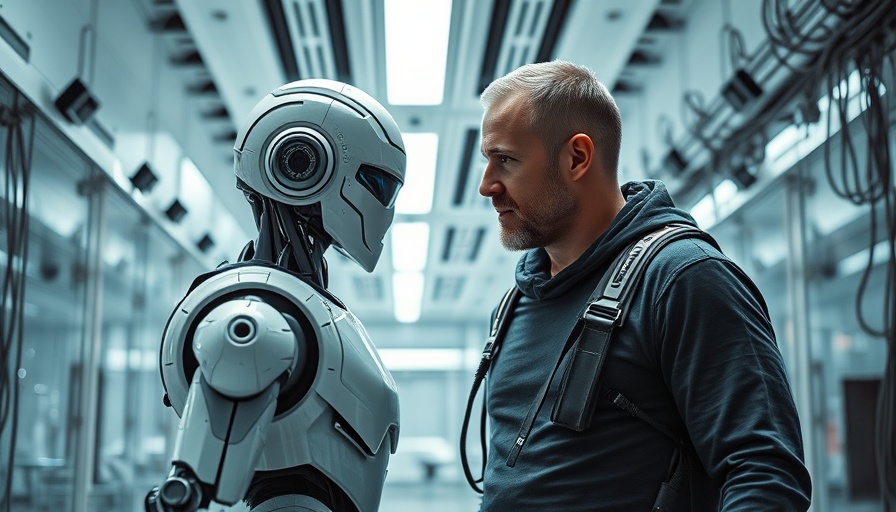
AI's Transformative Impact on Advertising
The advertising landscape is evolving rapidly with the introduction of artificial intelligence (AI). While many industries have been slow to adopt AI, advertising has jumped ahead, fully embracing the potential of this technology. The recent launch of Google’s V3 model has been a game-changer for marketers. Its built-in sound capabilities have simplified the process of creating high-quality ads, significantly reducing production costs.
In 'How This Totally Unhinged AI Ad Shows the Future of Advertising', the discussion dives into the implications of AI in advertising, exploring key insights that sparked deeper analysis on our end.
The “Unhinged” Future of Marketing
A striking example of this shift is an unhinged advertisement created for the NBA Finals by filmmaker PJ Ace. Utilizing Google’s V3, Ace produced a dynamic ad for the legal betting platform, Kalshi. This ad showcases the power of AI in crafting creative, engaging, and cost-effective marketing assets. With a production budget significantly lower than traditional methods, the advertisement exemplifies how small teams can generate viral content with greater efficiency.
Why Cost Reduction Matters for Brands
One of the most significant implications of using AI in advertising is the dramatic decrease in production costs. Traditionally, high-quality advertisements would require budgets in the millions, limited by creative talent and resources. Now, companies can reallocate those savings either to media placement or, more likely, create a greater quantity and variety of content. Tailoring specific ads to targeted audiences based on detailed analytics could soon become the norm.
Rising Trends in Customized Content
Customization in advertising is already an ongoing trend, but with AI tools at their disposal, brands will increasingly be able to develop highly specific content for various segments of their audience. People have different preferences when it comes to what they find appealing in advertisements, and AI allows for rapid adaptation to cater to these preferences. This capability is especially significant in social media advertising, where optimized content could lead to stronger engagement and conversion rates.
Legal Battles: The Dark Side of Innovation
However, the rise of AI in advertising is not without its challenges. Major media corporations like Disney and Universal have initiated legal actions against AI companies like MidJourney for copyright infringements. This is indicative of an ongoing battle between innovation and intellectual property rights. As these companies protect their valuable content, they set the stage for heated debates about the legality of AI-generated materials.
The Role of Market Adaptation
As advertisers navigate these legal waters, there's a chance that companies might pivot to utilizing AI models that are trained on licensed content. This shift could continue providing the creative edge that advertisers require while adhering to copyright laws. Moreover, with global competition increasing, advertisers may find themselves relying on international AI models that operate outside U.S. copyright restrictions, making it crucial for US businesses to stay vigilant.
Conclusion: The Future is Now
As advertising innovations fueled by AI continue to unfold, it becomes evident that businesses must adapt quickly. The trend towards decreased production costs and increased customization is not merely a fad, but an inevitable shift toward efficiency and personalization in marketing strategy. For business owners looking to maintain relevance in this fast-paced environment, START USING AI NOW to harness its transformative potential.
 Add Row
Add Row  Add
Add 




Write A Comment